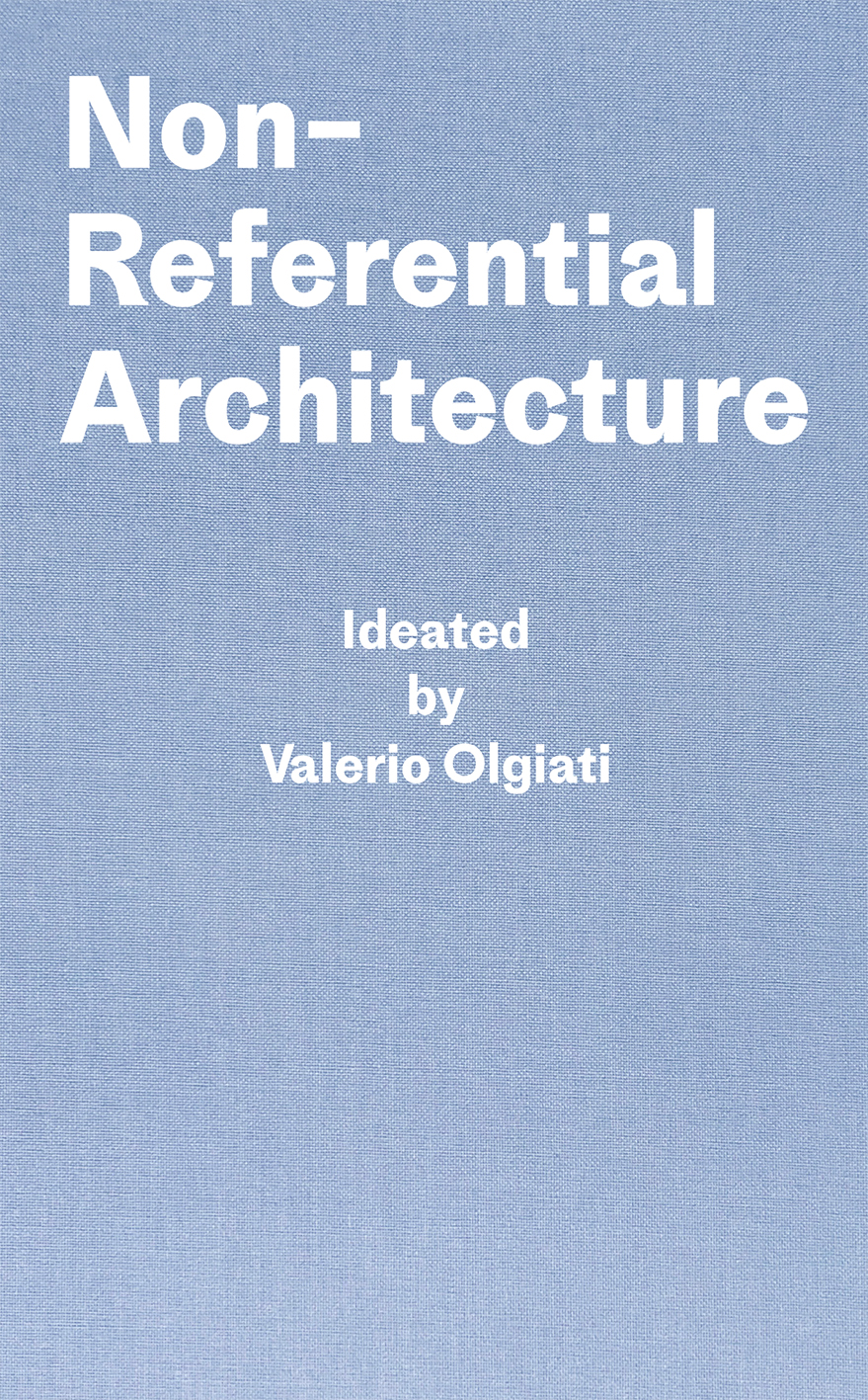(…)
To be clear: the “author-architect” does not work alone.
Buildings always tend to be the work of a team in one way or another. The team contributes by finding technical solutions, detecting mistakes, and helping with the organization of designing, constructing, and erecting a building. However, no team substitutes for the presence of the “author- architect,” who is the mastermind.
The “author- architect” is also the person who makes decisions and bears responsibility. Most importantly, the “author-architect” has the capability to conceive the idea for a building and has an elevated taste that allows them to make judgments as to what is right and what is wrong.
The idea that the “author-architect” is an obsolete and old-fashioned model for the practice of architecture is a misconception encountered in too many areas within the field of architecture.
It is madness to lead architects to believe that “author- architects” are a somehow reprehensible and culpable species. Such credos mostly stem from societal and political rationales and ideals that usually have little in common with judgments in the aesthetic domain and most often have nothing in common with the ability to design a building.
Just because the fact that more architects are less in command of their work does not justify the notion that “author-architects” are obsolete. On the contrary, “author-architects” are more important than ever today. However, architects as a whole are rendered of lesser importance precisely because there are fewer and fewer “author-architects.”
There are fewer “author-architects” because fewer architects can or want to be “author-architects.” The primary reason for this decrease is not that architects are less talented or less capable than in the past, but that architects themselves do not have the confidence to want to be “author-architects” for reasons of societal pressure. It takes significant stamina and conviction for an architect to withstand the widespread suspicion about why a single person should have almost total authority over the construction of a building.
The second reason why there are few “author-architects” is that others, such as marketing agents, clients, and city administrators, have stepped into the role to manage what is, in fact, the core of the architect’s work. Increasingly, the expectation is that the role of the architect is a mere service provider, not unlike all the other involved parties in the manufacture of a building. As a result, it becomes a matter of the mere manufacture and not the fabrication of a building.
It is no exaggeration to state that without “author-architects” there will be no buildings that are sense-making. What we have without the work of “author-architects” are building as mere facilities.
However, a building is only culturally and socially valuable, if there is also a speculative dimension-one could call it an idea, an intention, or a thesis that is sense-making. If there is no architect who conceives and designs sense-making buildings, buildings will be merely usable. However, a building’s cultural and societal accomplishment is completed by means of an action by an architect that encompasses the realm of the intellectual, spiritual, speculative, and synthetic-creative. This is created through artistic and scientific innovation. Architects have a primordial task that they cannot give away. Architects cannot give away that task because there is simply nobody else who could meet this challenge. It is in the nature of the task that it is the architect who creates buildings that exist in the realm of the aesthetic and not solely in the realm of the utilitarian.
When Vitruvius wrote that the task of architecture is to provide shelter, he did not mean that buildings solely provide a utilitarian roof over our heads. Instead, even if it has a big hole in it, or precisely because it has a big hole in it, a building’s roof also shelters people metaphysically in the sense of the heavens’ tent.
These are the buildings that trigger repercussions in the souls and minds of people.






